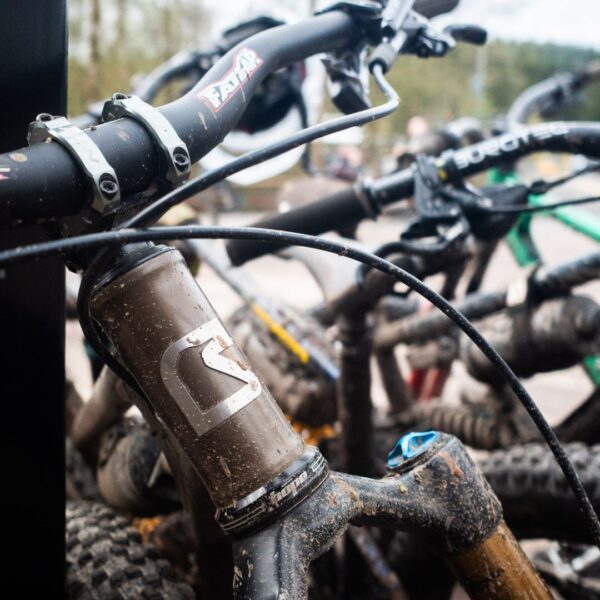
Boy oh boy do we get a lot of questions about mullet mountain bikes.
“Is a mullet better than 27.5″ wheels?”
“Is a mullet better than 29″ wheels?”
“Should I mullet my mountain bike?”
“Are mullet bikes faster?”
“Can I convert my Starling Cycles Swoop/Murmur to Mullet?”
“Can I convert my mountain bike to mullet or mixed-sized wheels?”
We love mullets, or mixed-wheel, or MX mountain bikes and we make our own, the Starling Cycles Twist.
But as you’d expect it’s not as simple as mullet mountain bikes just being ‘better’ than the other sizes. And, as you’d also expect, converting your existing mountain bike to mullet wheels also isn’t super straightforward.
Time for a good chat about mullet mountain bikes, the Starling Cycles Twist and to answer once and for all whether you can convert your bike, particularly your Starling Cycles, bike to a mullet.
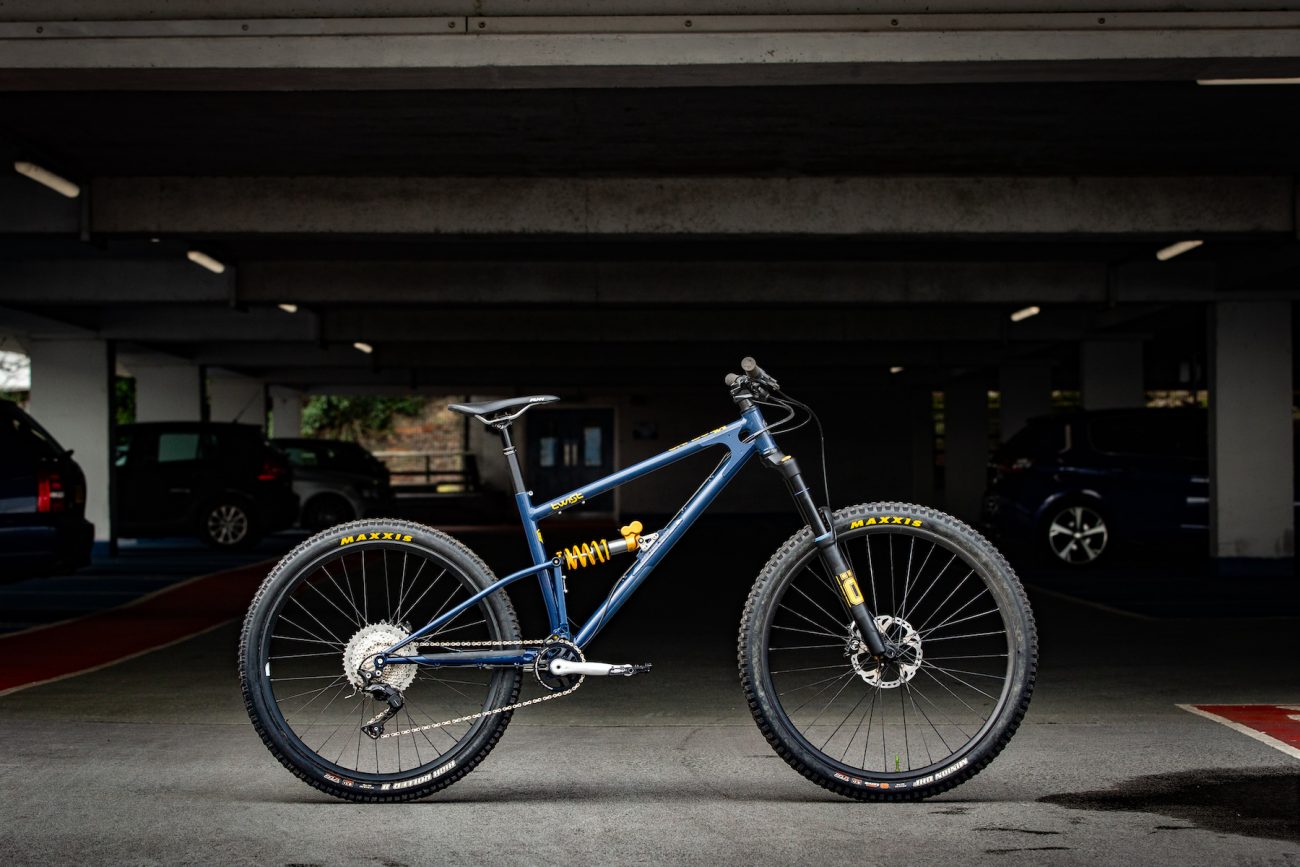
First up, what’s a mullet or mixed-wheel mountain bike?
Mullet wheels are also known as mixed wheels, or MX wheels.
Named after the classic work up front, party behind hairstyle, a ‘mullet’ is a mountain bike with a 29″ wheel up front and a 27.5″ wheel on the rear.
The idea is to create a bike that combines the benefits of both wheel sizes, offering the rollover of a big wheel and the bum-clearance and manoeuvrability of the smaller, 27.5″ size. Work up front, party behind.
So the theory goes anyway.
Our steel-frame, mullet mountain bike is the Starling Cycles Twist, built using the 29″ front triangle of a Starling Murmur and the 27.5″ rear triangle of a Starling Swoop. That allows us to build a bike that works well as a mullet, without any bodging or geometry compromises.
Some brands like to simply stick a 27.5″ wheel in the back of their 29″ frames and try to fix it with shock tunes and linkages but, it’s a bodge and rarely works.

So is a mullet bike better than a 29″ or 27.5″ bike?
Take your front wheel out of the bike, hold the axles and give it a spin. Move it out of plane as if you were going around a corner and feel how it moves in your hands. If you’ve got a 27.5″ and 29″ wheel, give both a go and compare how they feel.
On a bigger diameter wheel, the force required to move the wheel out of plane is greater, very roughly it takes about 15% more force to move a 29″ wheel out of plane than a 27.5″ one.
People often say 29″ rolls better, but, in actual fact, it’s that they track better. If you’re riding rough terrain, big wheels hold a line better and more energy is required to kick them offline. 29″ wheels take more energy to lean over than 27.5″ but once they’re leant over, they feel more stable and hold that position more easily.
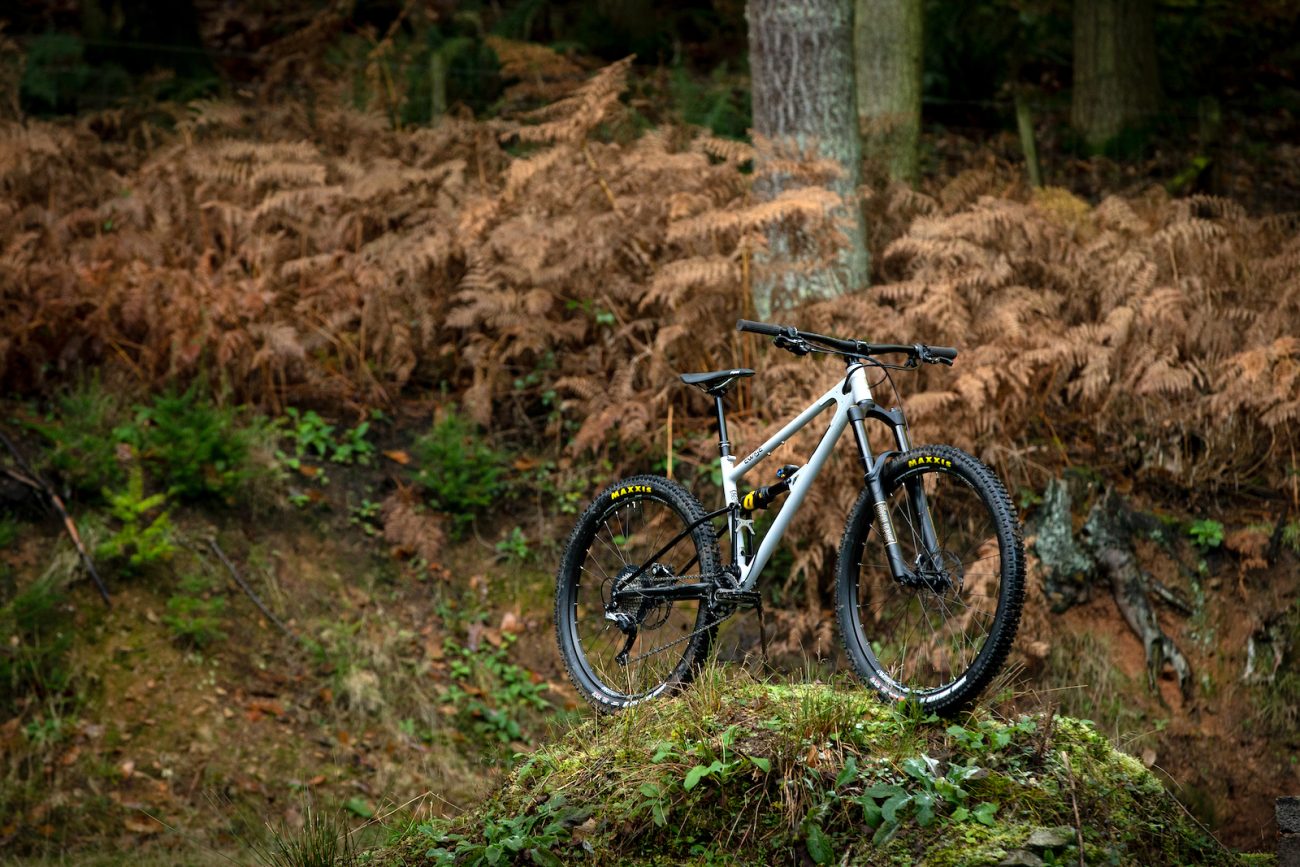
So are 27.5″, 29″ or mullet wheels better?
It all comes down to your riding style and your frame size.
If you’re the sort of rider that sits on the bike, ploughs lines and tries to take the fastest and most direct route, you’re probably best suited to the 29″. You’ll benefit from a wheel size that’s less easily knocked out of line and you’ll probably be less interested in quick changes of direction vs straight-line stability. See the Starling Cycles Murmur.
If you’re a more playful rider, someone that likes to move around on the bike and trail, hop, manual, jump and try lots of lines then you’ll probably benefit from 27.5″. You’ll benefit from a wheel size that takes less energy to lean, move around and change direction. See the Starling Cycles Swoop.
And, this is where the mullet wheels setup comes in, in our case the Starling Cycles Twist. People’s perception is that mullet wheels offer some kind of perfect, golden ticket compromise of the two wheel sizes. Sadly, it’s just not the case.
Think of the mullet as fitting somewhere between the two wheel sizes, rather than being the perfect combo of both. They’re not better as such, just a mid-point of the two.
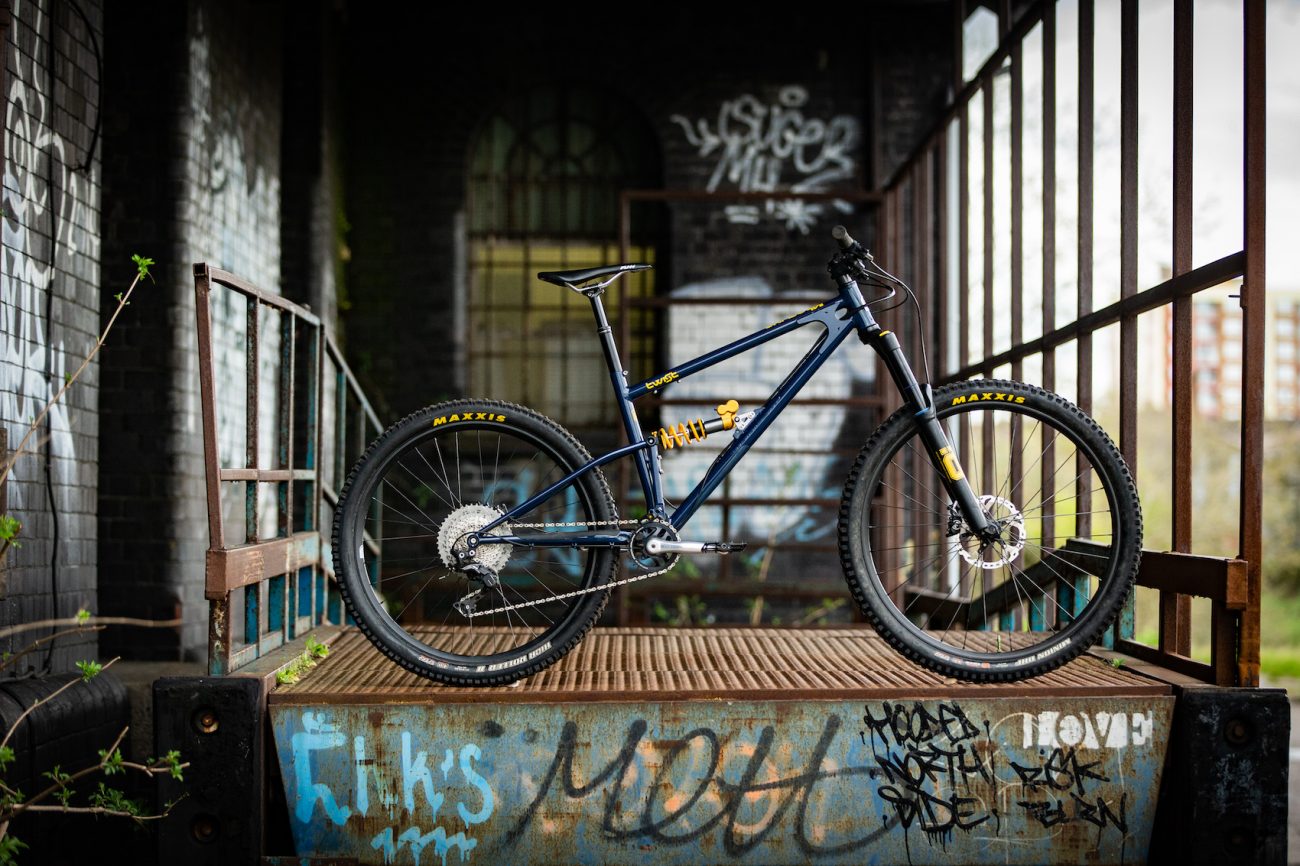
So Why Would You Choose a Mullet MTB?
Mullets aren’t a golden ticket/magic bullet/insert appropriate expression here. But, they are great in many ways.
It’s easier to get more travel from a mullet MTB, the smaller rear wheel offers more clearance and you can design more travel, more easily than with a 29″ wheel.
The smaller rear wheel also gives shorter-legged riders more bum clearance. If you’re buzzing your arse on your 29″ wheeled bike, you might find a mullet helps.
There are also benefits for chainstay length. Our 29″ bike, the Starling Cycles Murmur, has a 445mm chain stay whereas our 27.5″ bikes have a shorter 435mm chain stay. The shorter chain stay makes the bike feel more manoeuvrable, giving the feeling of being more playful, poppier and easier to corner.
There’s also an element of balancing your front triangle size, with your rear triangle. The length of the chain stay needs to match nicely with your front triangle to keep the frame balanced properly.
We’d suggest:
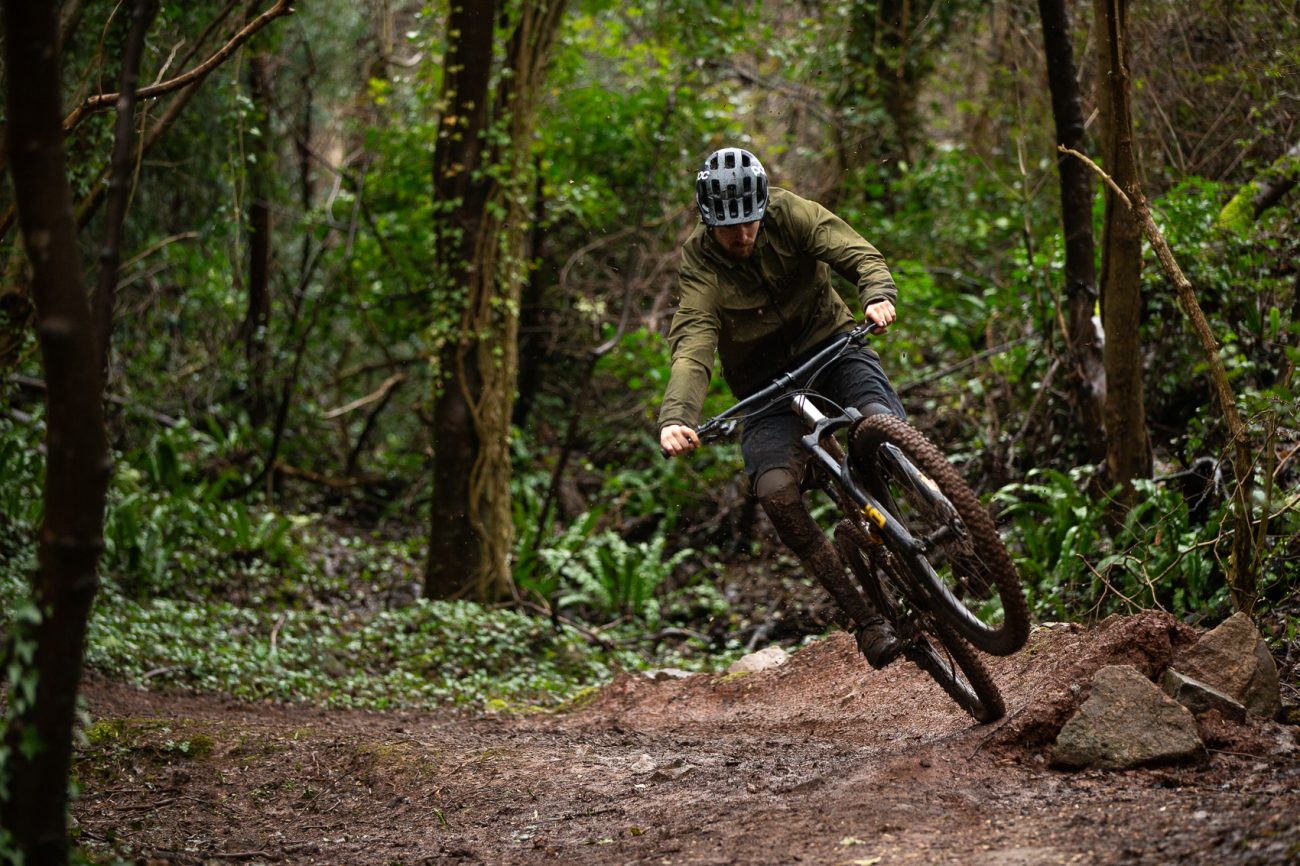
Can I Convert my Mountain Bike to Mullet?
We get asked this a lot, and a lot of riders with Swoops or Murmurs seem to want to give mullet a shot by either swapping their rear wheel or their fork and front wheel.
The answer to that depends on what frame you have.
Can I switch my 29″ rear triangle to a 27.5″ rear triangle?
Murmur owners can, in theory, convert to a mullet by switching their 29″ chainstay to a 27.5″ chainstay.
This would essentially convert your Murmur into a Twist, with no geometry compromises. Unfortunately, we don’t have enough stock of 27.5″ swingarms to sell them individually so, for now at least we can’t supply them.
That might change in future, but for now, sorry, there’s no way of converting your Murmur to a mullet without geometry compromises.
Can you put a 27.5″ wheel into the 29″ swing arm of your Murmur to make it mullet?
You can in theory, but, the rear axle will drop 20mm, the BB drops significantly and the whole bike slackens out. It’s going to feel different and ride differently… and probably won’t be great once the novelty wears off.
Can you use the adjustable shock mounts to convert your Starling Cycles to mullet?
Again, afraid not. The adjustable dropouts just don’t offer enough movement to compensate for that 20mm axle drop.
Can you fit a 29″ fork to your Swoop to convert to mullet?
You guessed it, nope, sorry! This one is never going to work.
A 27.5″ fork has 20mm difference in axle height vs a 29″ fork and a 20mm difference in fork length. If you stick a 29″ fork in your 27.5″ frame, it’s going to be too slack and will ride crap. You could run a 40mm shorter fork, but, then you’re losing travel and probably down to something like 120mm.
So, technically there are ways to physically convert a mountain bike to mullet, but, it’s always going to come with significant geometry compromises.
In our book, the bike needs to be designed to be specific to the mullet wheel size, rather than bodged to fit.
Ex-aerospace engineer Joe Mcewan is the founder and chief engineer of Starling Cycles. Passionate, outspoken and fond of a cuppa and a debate, Joe loves to challenge the established thinking of the industry.